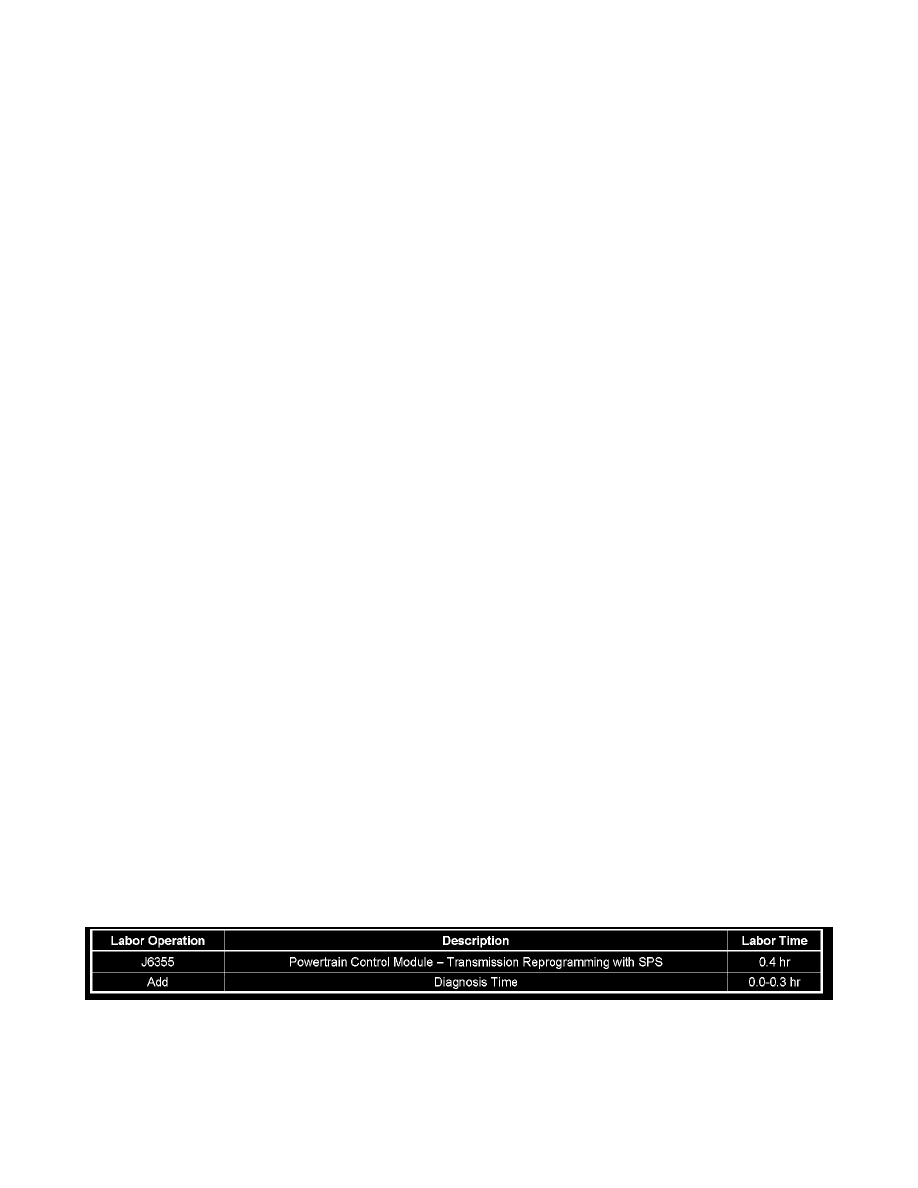Yukon/Denali 2WD V8-4.8L VIN V (2005)

PROM - Programmable Read Only Memory: All Technical Service Bulletins
Engine, A/T Controls - A/T Shudder/Slip in Reverse
TECHNICAL
Bulletin No.: 08-07-30-010
Date: February 27, 2008
Subject:
4L60E Automatic Transmission (RPO M30) - Shudder or Slip in Reverse Under Hard Acceleration (Reprogram PCM)
Models:
2005-2006 Chevrolet Avalanche, Suburban Tahoe
2005-2007 Chevrolet Silverado Classic
2005-2006 GMC Yukon, Yukon XL
2005-2007 GMC Sierra Classic
with 4.8L or 5.3L Engine and 4L60E Automatic Transmission (RPO M30)
Condition
Some customers may comment on a shudder or slip when engaging reverse on hard acceleration only. This condition is most easily duplicated by shifting
to reverse and immediately accelerating very aggressively on level ground less aggressively up a hill or with a heavy load.
Correction
Important:
Ensure the vehicle is equipped with the OEM tire size prior to attempting the below diagnosis. Also, make sure that the rear tires are matching
side-to-side in make, size and depth of tread (wear). Mismatched tires can contribute to axle hop that can feel like shudder.
Before attempting to duplicate this concern ask the customer if the condition occurs when the vehicle is loaded or has a trailer attached or if the vehicle is
unloaded. This condition can also be caused by rear axle hop especially when backing a trailer up a hill. When attempting to duplicate the condition have
another person watch the rear tires to verify a possible hop condition. Also when attempting to duplicate the condition allow one second after moving the
shift lever to the reverse position before depressing the accelerator pedal. Increasing throttle before one second may result in slip or shudder even though
there is not a problem with the transmission as the clutches are not fully filled and applied.
If slip or shudder occurs verify that reverse boost can be obtained. Use a line pressure gauge to monitor line pressure and a Tech 2(R) to monitor PSC
amperage during the concern and document in a TAC case. Engage D4 raise the engine RPM to 1000 and allow three seconds for line pressure to
stabilize. Record the line pressure. Engage reverse raise engine the RPM to 1000 and allow three seconds for line pressure to stabilize and record line
pressure again. Reverse pressure should be at least 20 psi (138 kPa) higher than drive pressure.
Find an identical vehicle and duplicate the same driving maneuver. If it does exhibit the same symptom this may be an unreasonable driving maneuver
and repairs may not be necessary. If another vehicle does not exhibit this concern the PCM should be reprogrammed. A revised transmission calibration
has been developed to address these issues. Reprogram the PCM with updated calibration files using the TIS2WEB Service Programming System (SPS)
application. As always make sure your Tech 2(R) is updated with the latest software version.
Important:
These calibrations will be "selectable" and should only be used to correct a customer concern as detailed above. Use of this calibration in a vehicle
without these concerns may result in comments of harsh engagement into reverse.
Warranty Information
For vehicles repaired under warranty, use the table.
